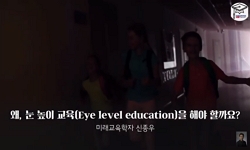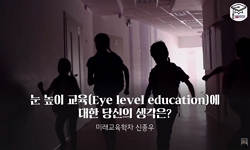The author in this report aims to analyze the conceptual metaphor and metonymy of the idioms of body parts from Cognitive linguistics perspectives, and find their features. This report mainly focuses on the analysis about the idioms of ‘eye’ which...
http://chineseinput.net/에서 pinyin(병음)방식으로 중국어를 변환할 수 있습니다.
변환된 중국어를 복사하여 사용하시면 됩니다.
- 中文 을 입력하시려면 zhongwen을 입력하시고 space를누르시면됩니다.
- 北京 을 입력하시려면 beijing을 입력하시고 space를 누르시면 됩니다.
한한(漢韓)<눈> 관련 관용어의 개념적 은유 및 환유 연구 -사전에 수록된 관용어를 중심으로- = A study on the conceptual metaphor and metonymy of the idioms about ‘eye’ in the Chinese and Korean - A study based on the idioms included in the dictionary -
한글로보기https://www.riss.kr/link?id=A106159427
- 저자
- 발행기관
- 학술지명
- 권호사항
-
발행연도
2015
-
작성언어
-
- 주제어
-
KDC
700
-
자료형태
학술저널
-
수록면
53-83(31쪽)
- 제공처
-
0
상세조회 -
0
다운로드
부가정보
다국어 초록 (Multilingual Abstract)
The author in this report aims to analyze the conceptual metaphor and metonymy of the idioms of body parts from Cognitive linguistics perspectives, and find their features. This report mainly focuses on the analysis about the idioms of ‘eye’ which account for a large proportion of idioms in Chinese and Korean language. The research objects of this report are idioms about ‘eye’ included in the Korean Pyojun Dictionary and the Complete Book of Chinese Idioms which are divided into 2 categories: the Chinese-Korean idioms which have the same Source and the Chinese-Korean idioms which have the different Source, among which the former concludes two parts of the idioms have the same Goal, the idioms have the different Goal, while the latter also involves two parts of the idioms have the same Goal, the idioms have the different Goal. Through the analysis and study of the relationship between the Source and Goal of the idioms about ‘eye’, the author finds that it is necessary to understand the idioms’ meaning from two parts: the cognitive based on body experiences and the culture which have the national color.
동일학술지(권/호) 다른 논문
-
A study of Korean language learning strategies of Indian Students
- 한국어교육연구소
- Samajdar
- 2015
-
- 한국어교육연구소
- 김국화
- 2015
-
중국인 학습자를 위한 ‘-더’ 종결형의 교육 연구 -‘-더라’를 중심으로-
- (재)한국어능력평가원 한국어교육연구소
- 고흥희 ( Gao Hongji )
- 2015
-
한국어 중급 학습자의 추론적 읽기능력 신장을 위한 논의
- (재)한국어능력평가원 한국어교육연구소
- 곽준화 ( Guo Jun Hua )
- 2015




 KISS
KISS






